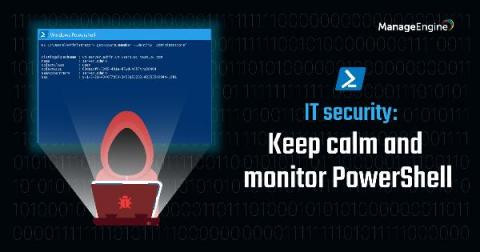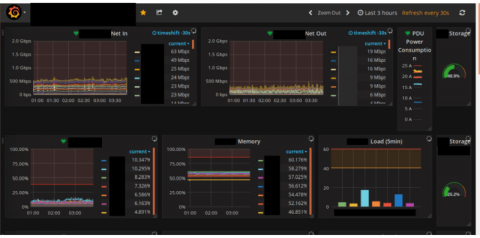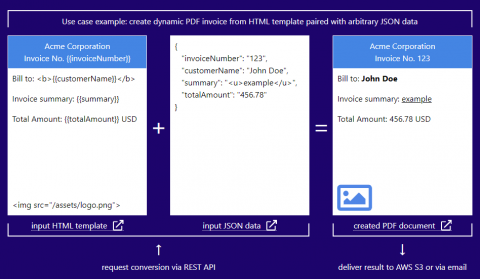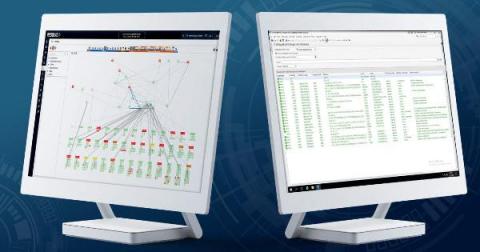Operations | Monitoring | ITSM | DevOps | Cloud
Latest News
IT security: Keep calm and monitor PowerShell
In our last release of the PowerShell security series, we talked about how PowerShell could be leveraged by malicious actors to gain unprecedented access to your organization’s critical assets. From enumerating sensitive domain information and carrying out credential-based attacks to running malicious executables in memory (file-less malware), we shined a light on the potential of PowerShell and why it’s an ideal weapon for cyber attackers today.
How SkySilk Cloud Services uses Grafana dashboards
Stefano Mitchell is a customer support engineer at SkySilk Cloud Services. It’s no secret that there is a correlation between a team having quick access to metrics and swift resolutions. Accurate monitoring metrics displayed in a clear and efficient manner help your teams respond to alerts and issues as they arise in real time. SkySilk Cloud Services, a cloud services provider, uses Grafana dashboards internally to maintain a strong overview of regional system health.
Using AI to Auto-Detect and Remediate Incidents
Continuous Releases with Travis CI and Sentry
Here at Sentry, we use Travis CI, a continuous integration tool for GitHub that lets us automate our tests and view the results right within each pull request. In this blog post, we’ll walk through a quick example of how to automatically create Sentry Releases with Travis CI when a commit is pushed to your project’s master branch. (Sentry Releases enable some of our best features, like identifying the commits that likely introduced new errors, and much more!)
HTML to PDF API
We are releasing our HTML to PDF REST API to public preview: https://html2pdf.appbeat.io/ We are using this tool internally for generation of various PDF documents. It uses Chrome engine for HTML rendering and creates really nice looking documents. It supports synchronous and asynchronous operation where you can be notified about PDF conversion result via webhook.
Taming the CMDB Beast is Finally Within Reach
Managing IT infrastructure today can feel like a game of Tetris. Operations staff are constantly managing the addition of new pieces, trying to quickly determine how to best position them while the clock is ticking before the next round drops. Ultimately, decisions made early on impact what comes later and vice versa.
Why Your Status Page Matters and How to Use It
When an outage hits your service, everybody starts talking. Your engineers are talking about what caused the problem, and how to fix it; your management is asking about when it’ll be fixed; and your customers are telling the world that they’re not happy. But there’s an even more important conversation you should be having: communicating with your users about the issue.
Why a Unified DevOps Platform Matters
In today’s enterprises, DevOps isn’t one process, but many thinly connected tasks. A stack of DevOps tools that need to work together to operate as a single system, each one requiring its own integration and maintenance. The JFrog DevOps Platform unifies our industry-leading products because DevOps has a single goal: to speed releases from code to production. It takes several tools to build DevOps, but DevOps tools need to function as one.
(Fish) Farm-to-Table Produce With PagerDuty
Most of us are familiar with the traditional farms that have existed since humans learned to sow and harvest crops—these farms have provided us with food for centuries. And for a long time, due to the lack of refrigeration and other technology, humans lived near their food sources. But industrialization has also led to centralization of farming systems, with farms getting larger and further from consumers and with distributors depending on preservatives or refrigeration to extend shelf life.











